Embarking on an adventure is exciting, but nothing can ruin the experience quicker than an ill-fitting backpack. Whether you’re hiking, traveling, or simply commuting, the fit of your backpack is crucial for comfort and prevention of strain or injury. This comprehensive guide will provide you with all the information you need to ensure your backpack fits well and feels great, no matter the journey.
Introduction: The Importance of Proper Backpack Fit
A proper backpack fit is essential not just for comfort but also for your health. A poorly fitted backpack can lead to back pain, shoulder strain, and even long-term posture problems. Understanding how to adjust your backpack to fit your body can make a substantial difference in your overall experience. In this guide, we will explore the key elements of backpack fit and how to adjust them for your comfort and safety.
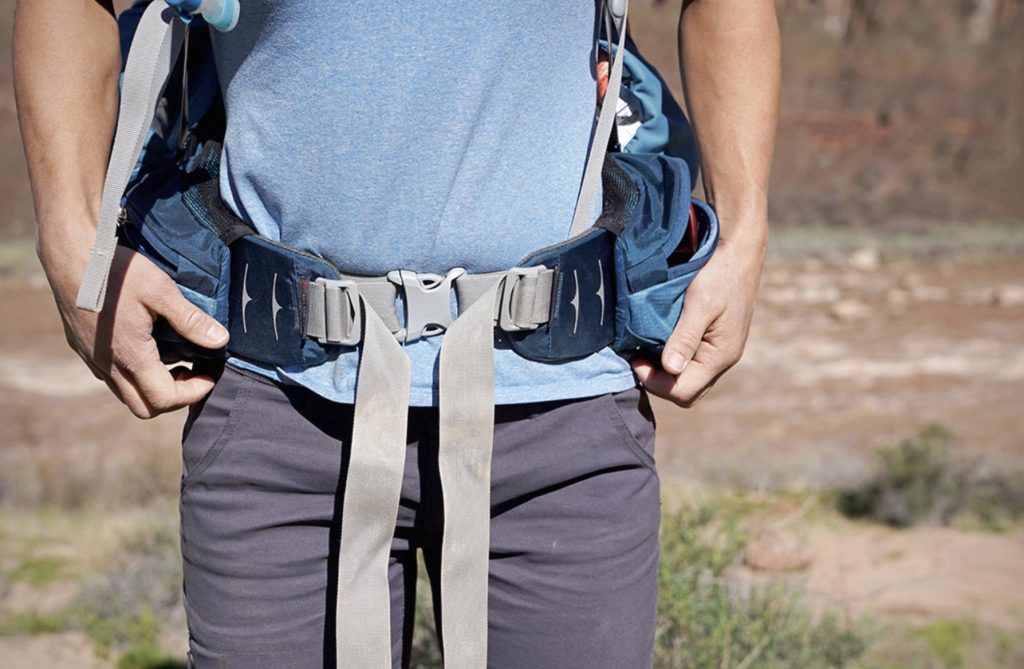
Understanding Backpack Fit Basics
Identifying Your Torso Length for Backpack Fit
Your torso length, not your height, is the main determinant for backpack fit. This section will guide you through measuring your torso to ensure you pick the right backpack size.
How Backpack Fit Affects Your Body
Learn how a well-fitted backpack distributes weight evenly across your body, reducing the risk of muscle fatigue and strain. We’ll discuss the biomechanics of carrying a load and how the right fit can help maintain natural posture and balance.
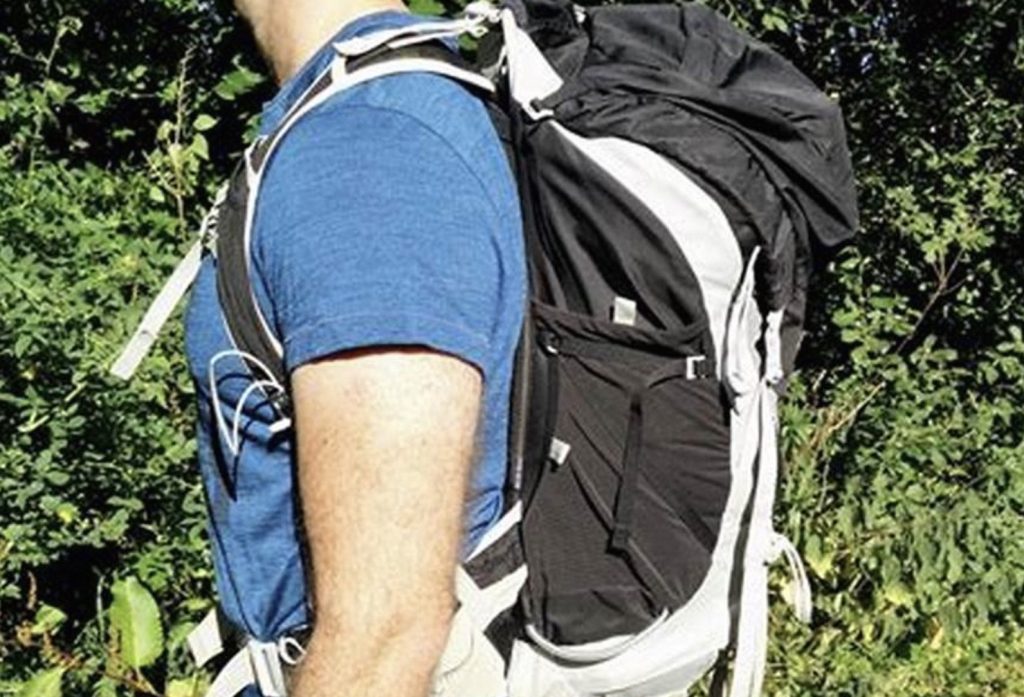
How to Choose the Right Backpack for Your Body
Backpack: Finding the Perfect Size
Selecting the right backpack size is more than just about volume. We’ll explore how to match a backpack’s dimensions with your body’s measurements for a snug and comfortable fit.
Features to Look for a Good Backpack
Adjustable straps, padded hip belts, and multiple compartments can all contribute to a better backpack. This chapter will delve into the features that enhance fit and how to prioritize them based on your activities.
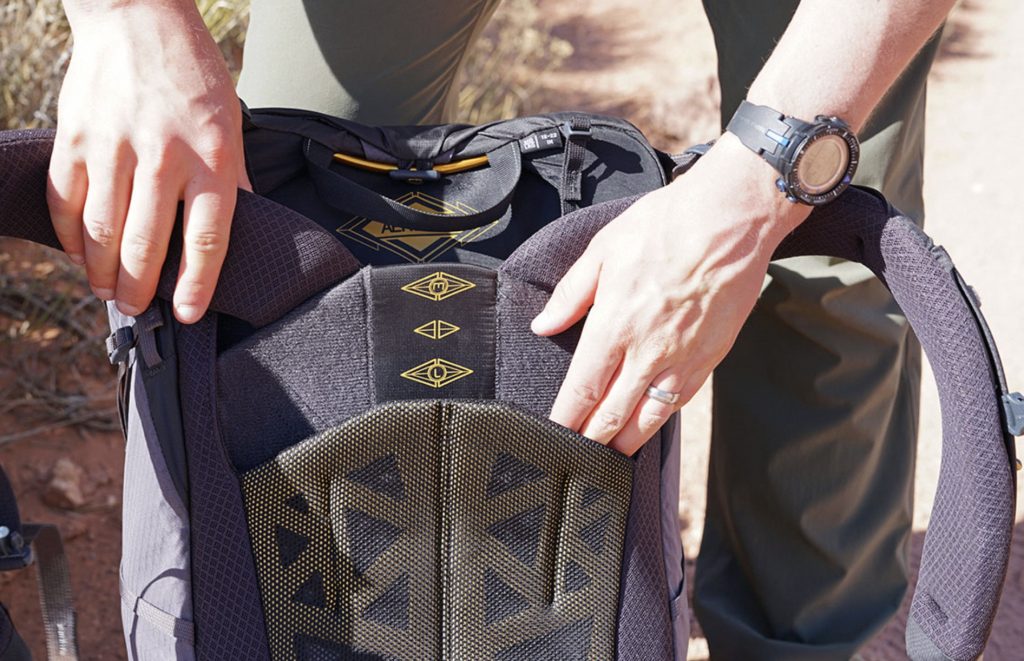
Adjusting Your Backpack for Optimal Fit
Step-by-Step Guide to Adjusting Straps for Backpack Fit
Loose straps can cause your backpack to sway uncomfortably, while overly tightened straps can restrict movement. We will provide a step-by-step guide on how to adjust every strap on your backpack for a secure, tailored fit.
The Role of Padding and Support in Backpack Fit
Padding and support systems like hip belts and sternum straps play a significant role in backpack fit. Discover how to utilize these features to improve weight distribution and reduce pressure points.
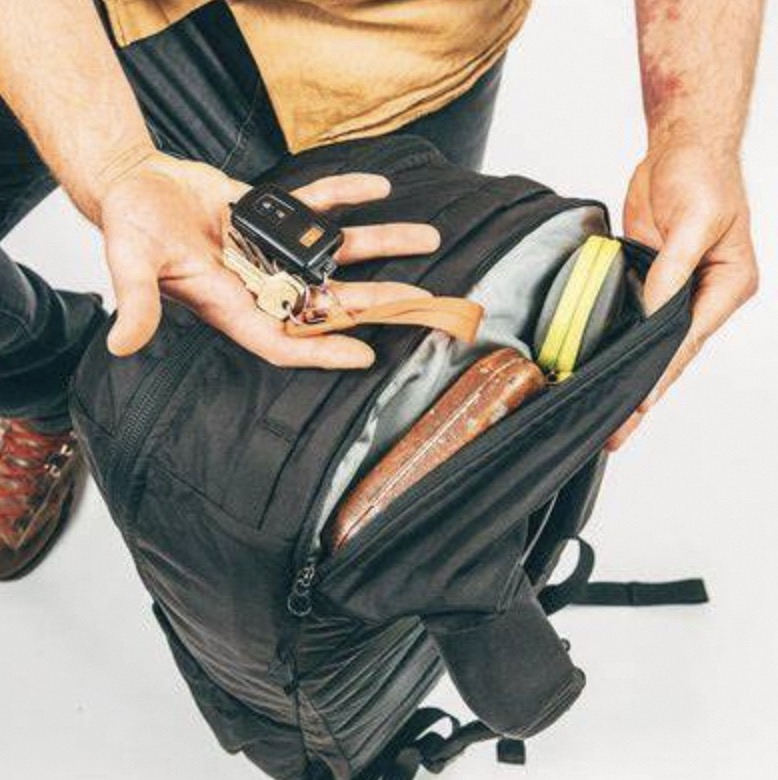
Backpack Fit Considerations for Different Activities
Hiking and Trekking: Specialized Backpack Adjustments
When you’re on the trail, your backpack needs may change based on the terrain and the length of your hike. This section will offer tips on adjusting your backpack to handle the dynamic conditions of hiking and trekking.
Travel and Urban Use: Adapting Backpack for Comfort and Security
Traveling or commuting with a backpack requires a fit that can handle quick movements and long periods of wear. Learn how to adapt your backpack for the demands of urban environments and travel scenarios.
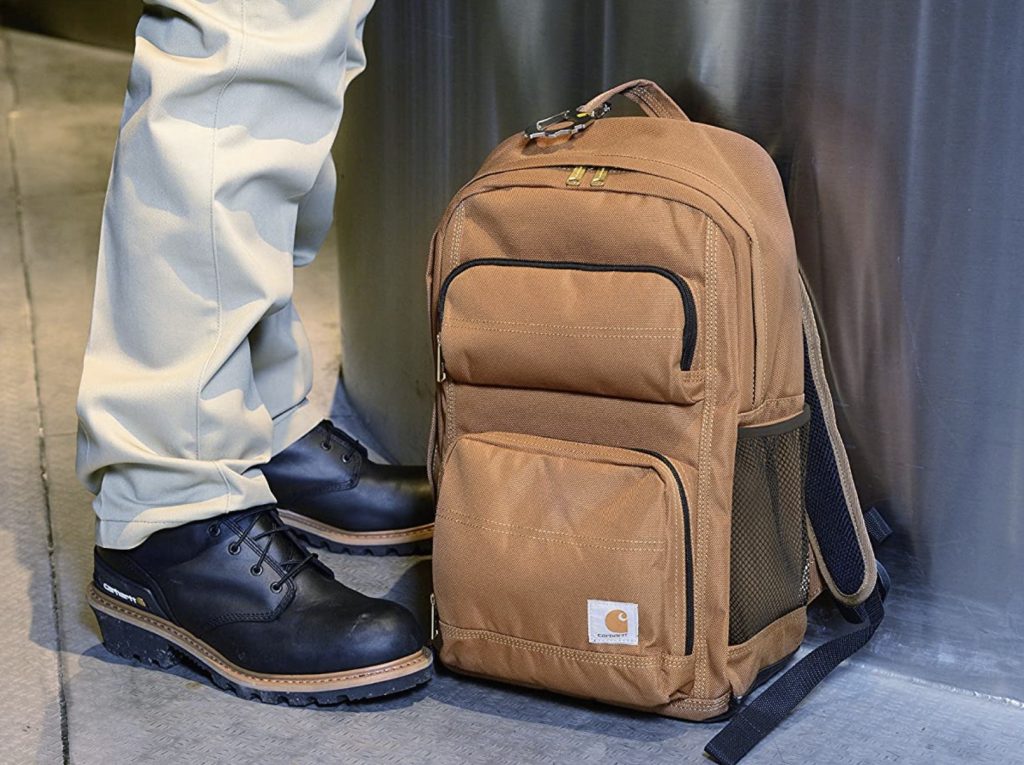
Troubleshooting Common Backpack Problems
Solving Issues with Backpack and Discomfort
Even with the right adjustments, you may still encounter discomfort. This chapter will address common backpack issues, such as lower back pain or shoulder fatigue, and how to rectify them.
Backpack Fit: When to Consider a Different Model
Sometimes, no amount of adjusting can fix a poor fit. We’ll discuss the signs that indicate it might be time to consider a different backpack model that better suits your body and needs.
Maintenance and Care to Preserve Backpack Fit
Regular Checks and Adjustments for Consistent Backpack Fit
Over time, straps can stretch, and padding can compress. This section will highlight the importance of regular maintenance checks and adjustments to keep your backpack fit consistent over time.
Cleaning and Storage Tips to Maintain Backpack Fit Integrity
Proper cleaning and storage are vital for keeping your backpack in top condition. We’ll provide tips on how to care for your backpack so that it retains its shape and fit features, ensuring it’s ready for your next adventure.
Chapter 7: Personalizing Backpack for Body Type Variations
Customizing Backpack for Different Body Shapes
Not all body types fit the standard mold, and backpacks may require additional adjustments to accommodate unique body shapes. This section will guide you through customizing your backpack for broader shoulders, narrower waists, and other body type variations, ensuring everyone can achieve a comfortable fit.
Women-Specific Backpack Adjustments
Women often have different backpack needs due to varied torso shapes and hip-to-waist ratios. We’ll cover the adjustments and features of women-specific backpacks that cater to these differences and how to fine-tune them for optimal comfort and load distribution.
Incorporating Load Considerations into Backpack
Adjusting Backpack Based on Load Weight
The weight and arrangement of your load can significantly impact backpack fit. This section will discuss how to adjust your backpack’s fit as you add or remove items, ensuring comfort and stability with varying loads.
Strategic Packing for Enhanced Backpack Fit
Strategic packing can improve your backpack’s fit and comfort. Learn how to distribute weight effectively within your backpack, placing heavier items closer to your body for better balance and a more comfortable carrying experience.
The Impact of Clothing on Backpack
Layering and Its Effect on Backpack
Seasonal changes often require different clothing layers, which can affect how your backpack fits. Understand how to modify your backpack to accommodate heavier coats in the winter or lighter attire in the summer.
Protective Gear and Backpack Adjustments
For those engaging in activities that require protective gear, like biking or snowboarding, it’s crucial to consider how this gear will impact the fit of your backpack. Explore how to adjust your backpack to work with helmets, pads, and other protective wear.
Educating Yourself for Future Backpack Purchases
Learning from Your Backpack Experiences
As you use and adjust your backpack, take note of what works and what doesn’t. This accumulated knowledge will be invaluable when making future backpack purchases or advising others on finding their perfect fit.
Staying Informed on Backpack Innovations
The outdoor gear industry is constantly innovating, and new backpack fit technologies and designs are regularly introduced. We’ll discuss the importance of keeping informed on these advancements to ensure that your backpack fit knowledge stays up-to-date for the most comfortable and ergonomic experiences on your adventures.
Conclusion: Embracing the Journey with the Perfect Backpack
Achieving the perfect backpack is key to enjoying your outdoor activities, travels, and daily commutes. By understanding how to measure, adjust, and maintain your backpack, you can ensure comfort, reduce the risk of pain and injury, and focus on the adventure at hand. Remember that a well-fitted backpack feels like an extension of your body, moving with you and not against you. So take the time to get it right, and your back will thank you for it. With your backpack fit dialed in, you’re all set to tackle your next adventure with confidence and comfort!

